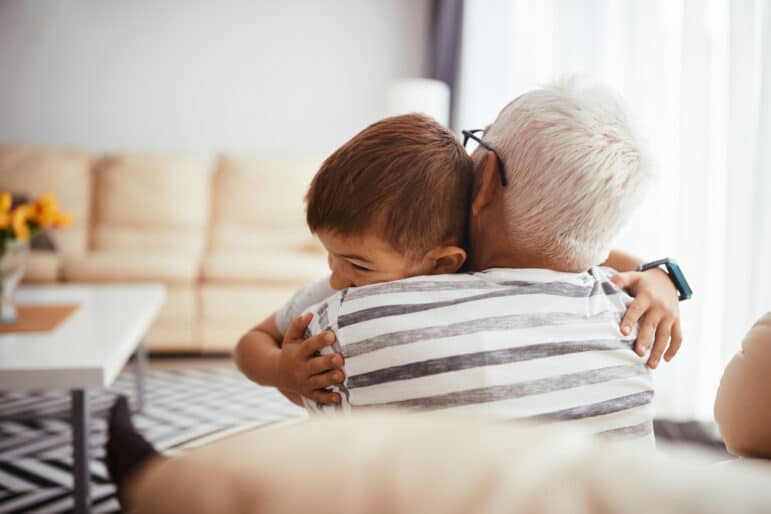Need help? Start on our program sites:
Imagine you are a ten-year-old, living in a new neighborhood. It’s the morning of the first day of school. Because you moved in with your grandparents over the summer, this school is new to you, and you’re nervous! When you tell your grandma you’re scared, she says, “Of course, you’re nervous, almost everyone feels that way when starting something new. It’s okay to feel nervous.” Listening to these words of reassurance, you feel better almost immediately. You may still feel butterflies in your stomach, but you also feel validated.

Validation is a powerful parenting strategy that helps kids learn the critical life skill of emotional regulation and how to develop empathy. It can be hard to see a child suffering, and adults are sometimes too quick to jump to problem-solving or suggest a coping strategy to push the complicated feelings away. However, it’s important to allow children to sit with their emotions and acknowledge their feelings.
Here are some tips and phrases that can be used to create an emotionally validating environment:
- Acknowledge feelings: “I can see you’re angry.”
- Practice active listening: Use eye contact, nodding, and facial gestures that mirror back their emotions.
- Avoid judgment: Don’t say “You’re overreacting” or “There’s no reason to be upset.”
- Empathize: “I remember feeling that way when I was your age.”
Please note that validating your child’s feelings does not mean you agree with their actions. If a child is having a tantrum or yelling at you, validation allows the child to see that you understand their feelings and that it is okay to express them, rather than keeping them inside.
Lastly, remember to validate your own feelings and model positive coping skills. Kids learn a lot about how to manage their emotions by observing the adults around them respond to their own emotions. An emotionally validating environment for our kids is key to helping them feel secure, understood, and valued.
Recommended Resources
From the Resource Library
- The Emotions Book: A Little Story About BIG Feelings, by Liz Fletcher
- I’m Mad (Dealing with Feelings), by Elizabeth Crary
- Little Volcanoes: Helping Young Children and Their Parents to Deal with Anger, by Warwick Pudney & Eliane Whitehouse
Training From Champion Classrooms
- Everyday Language and How It Impacts Trauma
- Taking Time to Help and Heal: Child Development Through a New Lens
Additional Resources
